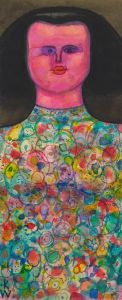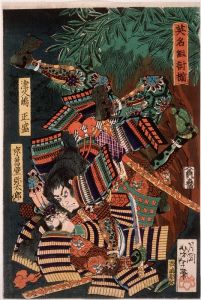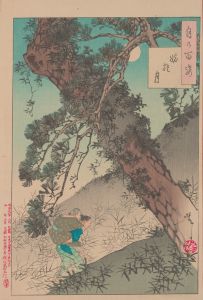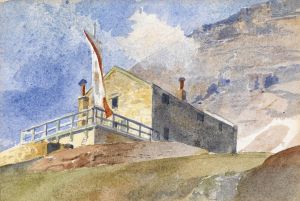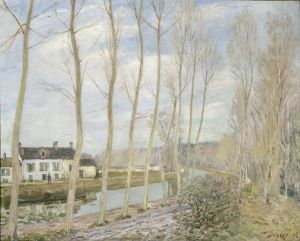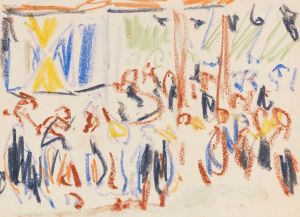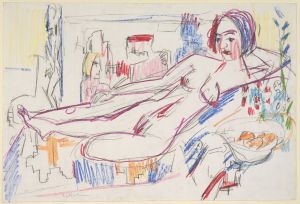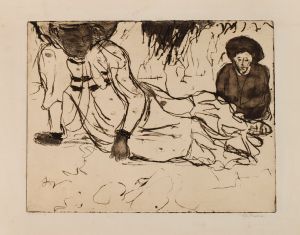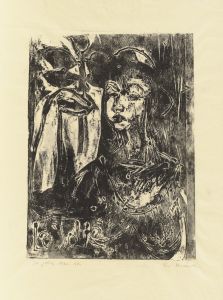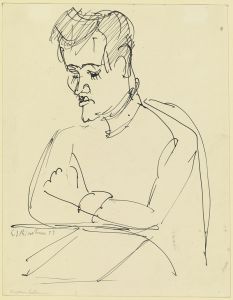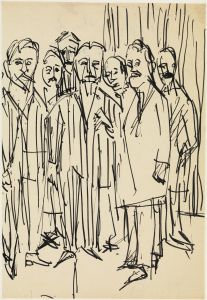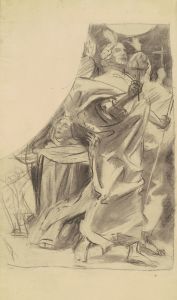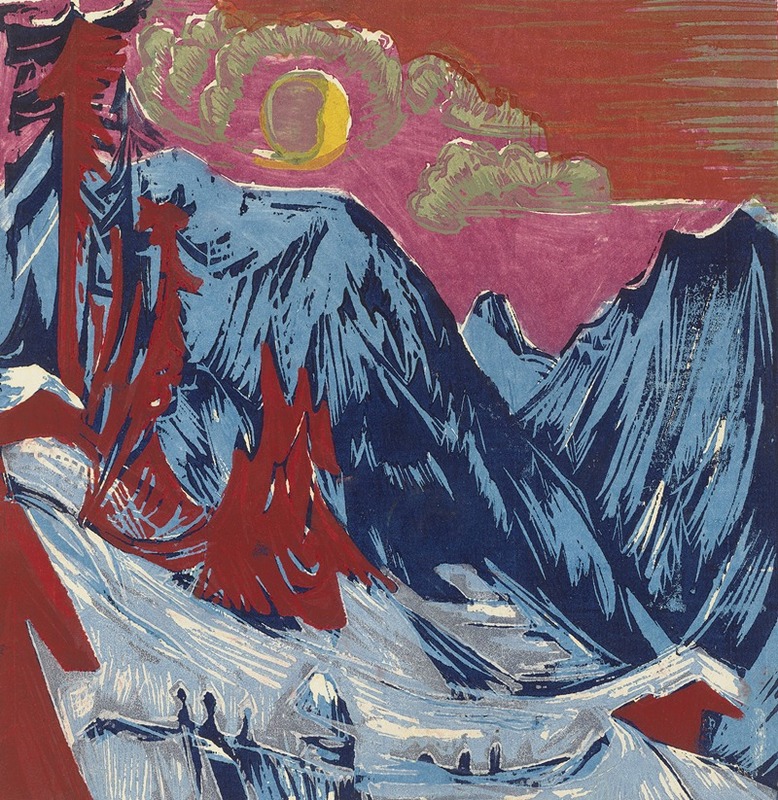
Längmatte bei Monduntergang
A hand-painted replica of Ernst Ludwig Kirchner’s masterpiece Längmatte bei Monduntergang, meticulously crafted by professional artists to capture the true essence of the original. Each piece is created with museum-quality canvas and rare mineral pigments, carefully painted by experienced artists with delicate brushstrokes and rich, layered colors to perfectly recreate the texture of the original artwork. Unlike machine-printed reproductions, this hand-painted version brings the painting to life, infused with the artist’s emotions and skill in every stroke. Whether for personal collection or home decoration, it instantly elevates the artistic atmosphere of any space.
Ernst Ludwig Kirchner's painting Längmatte bei Monduntergang (translated as Längmatte at Moonset) is a work by the German Expressionist artist, who was a founding member of the influential art movement Die Brücke (The Bridge). Kirchner, born in 1880 in Aschaffenburg, Germany, is widely recognized for his vivid use of color, dynamic compositions, and emotionally charged depictions of landscapes, urban scenes, and figures.
The title of the painting, Längmatte bei Monduntergang, suggests a landscape scene, likely capturing the area of Längmatte during the setting of the moon. Längmatte is a region in Switzerland, where Kirchner spent much of his later life after moving there in 1917. The Swiss Alps and the surrounding landscapes became a significant source of inspiration for his work during this period. His relocation to Switzerland was partly motivated by his need to recover from the psychological and physical toll of his service in World War I, as well as his desire to escape the growing tensions in Germany.
Kirchner's Swiss landscapes often reflect his deep connection to nature and his emotional response to the environment. His works from this period are characterized by bold, angular forms and a heightened sense of color, which convey both the beauty and the intensity of the natural world. While specific details about Längmatte bei Monduntergang are limited, it can be assumed that the painting aligns with Kirchner's broader stylistic tendencies during his time in Switzerland.
Kirchner's artistic career was marked by both critical acclaim and personal struggles. He was deeply affected by the political and social upheavals of his time, and his work was labeled as "degenerate art" by the Nazi regime in the 1930s. This classification led to the confiscation and destruction of many of his pieces. Despite these challenges, Kirchner's contributions to modern art remain highly regarded, and his works are featured in major museums and collections worldwide.
As of now, specific information about the current location or detailed analysis of Längmatte bei Monduntergang is not readily available. However, the painting is an example of Kirchner's enduring legacy as a master of Expressionism and his ability to capture the emotional resonance of his surroundings.





